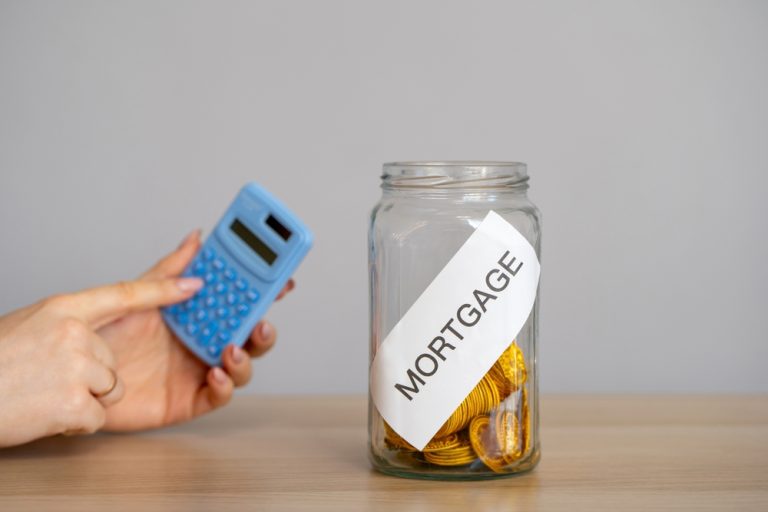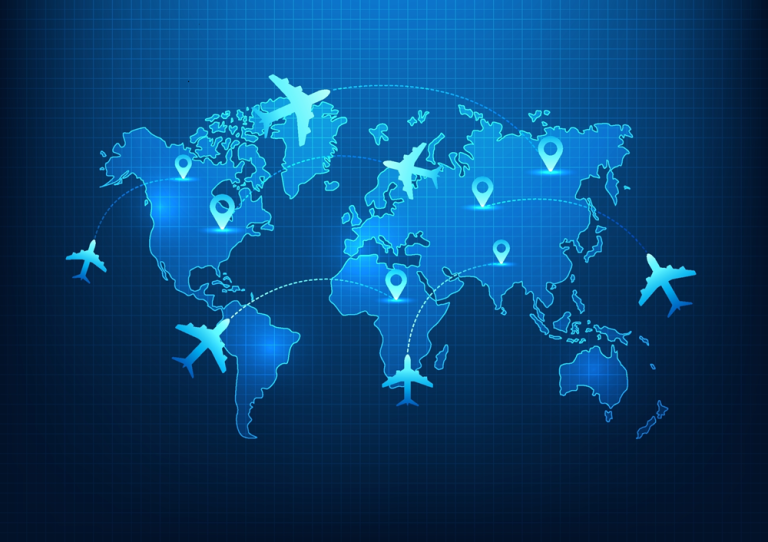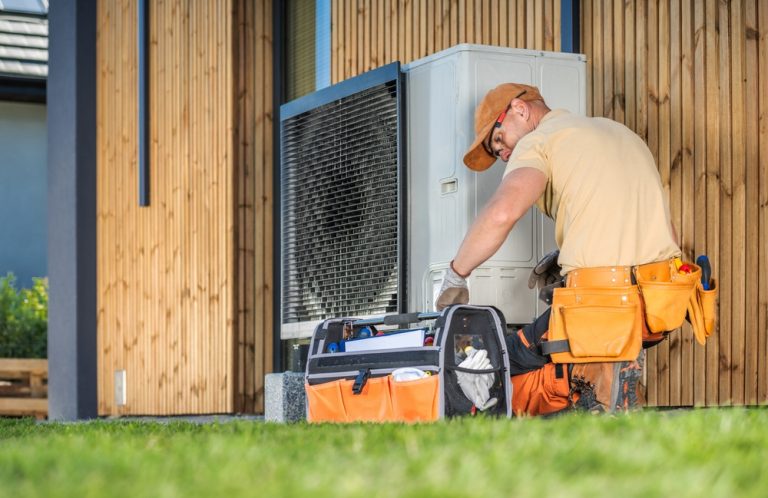Are you the kind of traveler who gives into the splurging temptation or who tries to save money on travel?
Spending money while traveling is so easy, especially at the airport. That wonderful “vacation mode” can kick in the moment you walk through the terminal doors, making you feel like the rules of your regular budget don’t apply. Suddenly, that expensive neck pillow, designer perfume, or gourmet pre-flight meal seems not just tempting, but necessary. That’s why it’s important to be prepared with money-saving airport tricks to prevent you from overspending. Say no more, because we’re here to help you with that!
It must have happened to you at least once to get to the airport and realize you forgot something. Or perhaps to start feeling hungry after a long check-in line. The sinking feeling when you realize your phone charger is still plugged into the wall at home, or your stomach starts to rumble just as you see the astronomical prices on the food court menus, is all too common. You buy the food you need to quench your hunger or the item you forgot at home, and then you get mad about the price you had to pay for what you bought. You’re not the only one; this is a shared experience for millions of travelers.
It’s not as easy to save money on travel, especially when you’re in an airport. In fact, it’s safe to say that airports are a money pit by design. Their entire layout is often crafted to guide you through a maze of retail stores and duty-free shops, all filled with tempting displays. You’re a captive audience with time to kill. You’re forced to pay a high price for products because you have no alternative if you’re waiting for a flight. That’s exactly what retailers rely on, so they charge higher than usual prices for everyday products, from a simple bottle of water to a new pair of headphones.
Paying a premium price for food and other things at the airport is a very easy way to waste money that could otherwise be put to better use. Think about what that extra $50 or $100 spent on impulse buys could do for your actual vacation. It could be a nicer dinner at your destination, a ticket to a museum you wanted to visit, or a unique local experience. For example, paying down your debt or towards savings (yes, those small amounts add up significantly over a few trips!).
The good news is that there are some airport tips you can use to save money on travel and become a frugal tourist without sacrificing comfort or convenience. It’s all about planning ahead and being aware of the common traps. By adopting a few smart habits, you can navigate the terminal like a pro, keeping your wallet happy and your travel budget intact for the things that truly matter. Check out these tricks!

1. Create a travel checklist specifically for the airport
One of the most efficient ways to save money on travel is to be prepared even before taking off. This single step can prevent dozens of potential impulse purchases. Airports are packed with money traps because many items you find there are up to 10 times more expensive than in a grocery store. A simple charging cable that costs $5 online could easily be $30 at an airport electronics kiosk.
So, make a checklist at home to know exactly what you’ll need while passing through the airport. When people make travel checklists, they’re generally for stuff that goes in their suitcases. However, it’s also a great idea to make a checklist for your hand luggage too. This carry-on checklist is your first line of defense against airport price gouging. Thinking through your journey from curb to gate will highlight what you truly need to have within reach.
The list should include things you know you’ll need while you’re at the airport before your departure, upon your arrival, or during a layover. Being methodical here pays off. Think about each phase of your airport experience and what you might be tempted to buy out of boredom, necessity, or discomfort.
A few examples include travel electronics like your headphones or a tablet, and most importantly, a fully charged portable power bank and all the necessary charging cables for your devices. Other entertainment like a great book or magazine will save you from buying overpriced ones at the newsstand. It’s also wise to download movies, podcasts, and music at home. For toiletries (if you’re traveling long distance), pack a travel-sized toothbrush, toothpaste, deodorant, and face wipes to freshen up during a long layover. And of course, always have hand sanitizer and any personal medications you might need.
By the way, this to-do list notebook may help you get more organized!
2. Pack an empty water bottle
Another airport trick that will help you save money on travel is to have an empty water bottle with you (it must be empty to pass through security). This is perhaps the easiest and most impactful money-saving hack of all. We have to admit that bottled water at the airport is insanely expensive. A bottle that costs a dollar at a convenience store can easily be four or five dollars past security. It makes you wonder, “Why? It’s just water!”
Retailers charge two to three times more than the average cost you pay at a grocery store for a bottle of water, simply because they can. Once you’re past security, your options are limited, and staying hydrated is essential for a comfortable flight. So to avoid that and save money on travel, pack an empty water bottle, then refill it at the many water fountains or bottle-filling stations in the airport. Most airports now have dedicated stations that make it quick and easy. Beyond the savings, you’re also making an environmentally friendly choice by reducing single-use plastic waste.
This simple habit doesn’t just save you money in the terminal; it helps on the plane as well. Most airlines won’t offer entire bottles of water for free, but it’s easy to pour the glass of water you’re given on your flight into your water bottle! Better yet, flight attendants are often happy to refill your personal bottle for you if you ask politely, which is much more effective for staying hydrated on a long-haul flight than relying on those tiny plastic cups.
3. Create a fixed budget for meals
With so many different food options available at the airport, from quick-service counters to fancy sit-down restaurants, it’s super easy to get carried away. The smells from the Cinnabon stand or the appeal of a juicy burger can be hard to resist, especially when you’re tired and stressed. However, if you want to save money on travel and you know you’ll want to get something to eat at the airport, set a fixed budget and ensure you don’t go above it. Basically, you let the amount you’ve budgeted determine what you can buy to eat. For example, decide beforehand that you’ll spend no more than $15 on your meal.
Another airport trick that will help you save money on travel is to see what coupons you can find before your flight to use at a chain restaurant in the airport. Check the restaurant’s app or website for national promotions that may be honored at their airport locations. The hack will save you the overpriced difference in the cost of your meal. Alternatively, a powerful strategy is to pack your own food. Solid food items are generally allowed through TSA security checkpoints. A homemade sandwich, a bag of trail mix, granola bars, and fruit are all excellent, budget-friendly options that can save you a bundle.
In order to see what restaurants the airport and terminal you’re traveling through have, check the airport directory online in advance of your flight. This allows you to browse menus and prices ahead of time, so you can make a calm, informed decision instead of a panicked, hungry one. Knowing your options and their locations relative to your gate can help you plan your time and budget effectively.

4. Exchange international currency before you get to the airport
According to travel experts, if there’s an awful place to exchange foreign currency, it has to be the airports. The exchange kiosks you see prominently displayed in the terminal are banking on your unpreparedness. Why? Not only does the money exchange in the airports take advantage of your helplessness, but it’s also the kind of business that will charge you more as the number of passengers who wind up doing last-minute transactions is high. They offer poor exchange rates and often tack on high commission fees or flat service charges, a double whammy for your wallet.
That’s why, if you want to save money on travel, it’s best to call your local bank or do research online to compare international currency exchange costs. Your bank or a local credit union will almost always offer a much better rate than any airport kiosk. It may be cheaper to buy your currency from the bank instead of at the airport. Another excellent option is to use a debit card with no foreign transaction fees at an ATM once you arrive at your destination; this often provides the best possible exchange rate.
While you may need to order it several days in advance, this airport trick will save you some good bucks if you plan. Don’t leave it until the day before your flight. Contact your bank at least a week ahead of time to ensure they have the currency you need on hand or can order it for you. Having a small amount of local cash upon arrival is wise for immediate expenses like a taxi or a quick snack, so planning this in advance is key.
Keep reading to find other airport tricks to save money on travel!
5. Look for free WiFi first
Surfing the internet can be a good way to kill time while you’re waiting for a flight, but paying to be able to do that while at the airport is another big money pit. Before you even consider paying for internet access, make sure you’ve exhausted all the free options. We’ll show you another airport trick to save money on travel and stay connected without opening your wallet.
Here’s the thing: most airports offer free WiFi, but there’s a catch—it’s either for a limited amount of time (like 30 or 60 minutes) or you’ll get access to the internet, but at a slower speed. This is a deliberate tactic. The free session is often just long enough to get you invested in what you’re doing before it cuts out, making the paid option seem more appealing.
This strategy is used to convince people to pay for “faster” and “unlimited” WiFi, but unless you’re working on your laptop on something that requires a fast internet speed, then the free option should work just fine for checking emails, sending messages, or browsing social media. The best strategy of all is to prepare for having no WiFi. Before leaving home, download plenty of entertainment—movies from Netflix, playlists from Spotify, podcasts, and e-books—onto your devices. This way, you’re not reliant on a connection at all.
Moreover, refreshing the WiFi to get extra time added only takes a few minutes, and you can definitely survive a couple of seconds of difference between page loads. If you absolutely need a more stable connection, check if any of the airport coffee shops or restaurants offer their own free network for customers. Buying a coffee might be cheaper than paying for the airport’s premium WiFi service. Just remember to be cautious on any public network and use a VPN if you need to access sensitive information.

6. Skip the bar
If you’re a nervous flyer, you’ll probably feel better if you have a glass of wine at the airport bar before your flight. It’s a common way to deal with pre-flight jitters or simply pass the time during a long delay. It’s great that you’ve found something that helps you deal with your anxiety, but if you want to save money on travel, spending some at the airport bar seems like a bad start for your trip. A single cocktail can easily cost $18-$25, the price of a decent meal at your destination.
Drinking is expensive, but it’s even worse at a bar you find in the airport. Time to kill and high-priced alcohol is the worst combination for your finances. In fact, according to personal finance experts, airport bars should be avoided to prevent you from spending your cash on overpriced beverages. Consider alternatives to calm your nerves: listen to a meditation app, do some deep breathing exercises, read an engaging book, or call a loved one. These options are free and won’t leave you feeling dehydrated.
Remember that alcohol and air travel aren’t a great mix. The dehydrating effects of alcohol are magnified by the dry air in an airplane cabin, which can leave you feeling unwell upon arrival. If you simply got bored of drinking water, then choose to have a soda or flavored sparkling water instead of a cocktail or a glass of wine. Your body and your wallet will thank you for it when you land feeling fresh and with more money to spend.
7. Avoid shopping
If it isn’t absolutely necessary, don’t go shopping at the airport. The rows of shiny, well-lit stores are designed to lure you in with the promise of luxury and convenience. Most products are much more expensive, and you will most likely wreck your vacation budget before you even take off. A great way to save money on travel is to ensure you have everything you need packed with you, using the checklist we mentioned earlier.
This being said, pack things like headphones or earbuds so you aren’t tempted to buy them during a layover. Don’t forget to bring a book or magazines for something to do besides shopping. Essential travel items like neck pillows, sleep masks, and travel adapters are classic impulse buys with enormous markups. Also, be wary of the “duty-free” trap. While you may save on taxes for items like alcohol and perfume, the base prices are often inflated, meaning your final savings are minimal or nonexistent compared to what you could find online or in a regular store.
Also, the best thing you can do is purchase gifts and other kinds of stuff at your destination to avoid overspending. Souvenirs bought locally are not only cheaper but also more authentic and meaningful. They carry a story from your travels, unlike a generic item from an airport shop. Adopt the mindset that an airport is a place of transit, not a shopping mall. Your goal is to move through it efficiently, not to browse its stores.
How do you save money on travel? What’s your best airport hack or the worst money trap you’ve fallen into? Let us know in the comments section! We’d love to hear your stories and tips.
If you liked our article and are serious about smart travel, you may also want to read Travel Insurance Is a Must! Top 6 Specific Reasons Why You Should Buy It.














